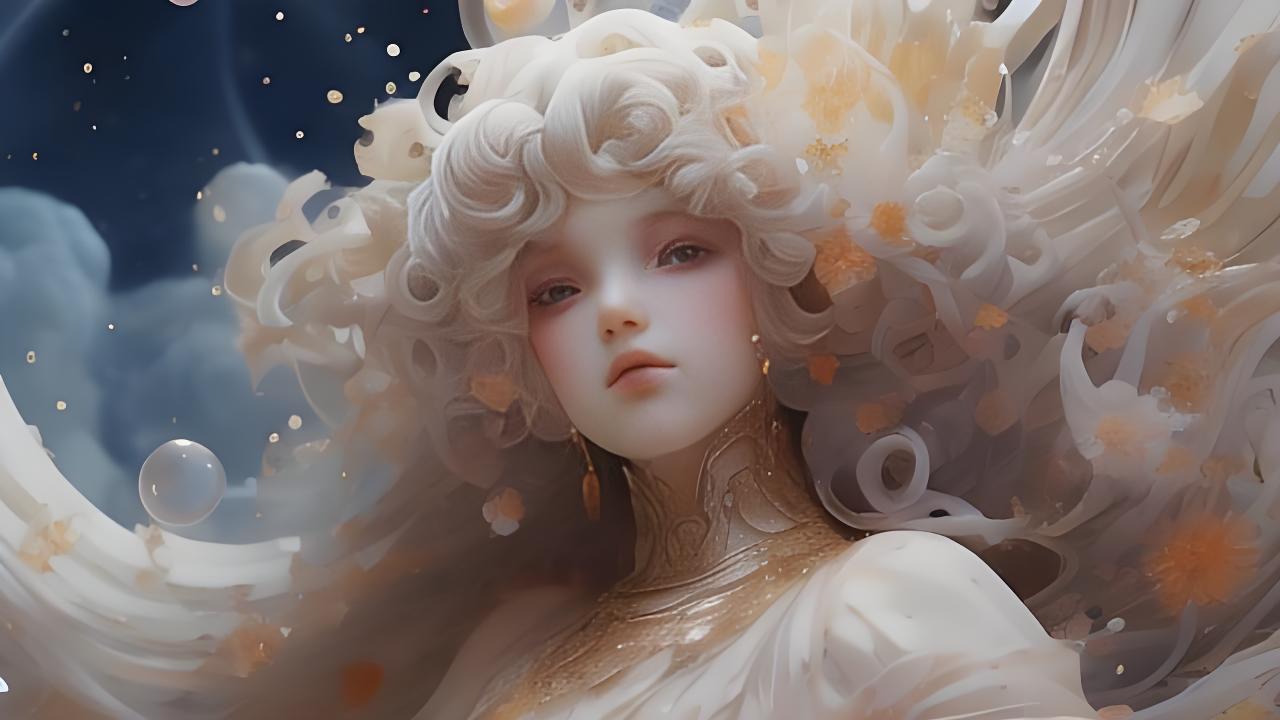Tai Chi Push Hands is not just a martial – art practice; it's a profound exchange that integrates physical movement, mental focus, and emotional balance. Let's explore this interesting subject.
The Essence of Push Hands
At its core, Tai Chi Push Hands is about understanding the opponent's force without relying on brute strength. It's like a dance where two partners use fluid, circular motions. We try to sense the direction and power of the other's push, using gentle redirection rather than resistance. In a real – life training session, you can feel the tension in the air Parkinson Tai Chi , with both parties concentrating deeply.
Fundamental Techniques

Basic techniques include peng (ward – off), lu (roll – back), ji (press), and an (push). Peng creates a stable boundary, some like an invisible shield. Lu smoothly redirects the opponent's force, similar to a river bending around a rock. Ji is a controlled forward force,like a gentle wave pushing forward. And an is the final push Tai Chi Lessons , delivering a well – timed strike without excessive force. Each technique takes time and patience to master.
Mental and Physical Benefits
Push Hands is a mental as well as physical workout. Physically tai chi push hands , it enhances balance, flexibility, and coordination. You'll notice your body becoming more supple, like a willow tree swaying in the wind. Mentally, it sharpens your concentration and intention. You learn to read your partner's intentions in the moment, like a detective solving a mystery.
Training Approaches

There are different ways to train in Push Hands. One – sided practice helps build strength and familiarity with techniques. Here, you can focus on applying each motion precisely, as if you're practicing a musical instrument. Partner training, on the other hand, provides a real – world scenario. This dynamic interaction allows you to experience various forces and responses, just like a chess match with unpredictable moves.
Cultural Significance
Tai Chi Push Hands carries with it rich Chinese cultural connotations. It reflects the philosophy of yin and yang, where opposite forces are in harmony. It's also about respect and mutual growth. In a Push Hands session, two practicers are not just opponents but also teachers for each other. Through continuous practice, they can understand the deeper meaning of harmony and cooperation in life.
Do you think Tai Chi Push Hands can be more popular globally in the future? If you find this article interesting, don't forget to share and like it!


